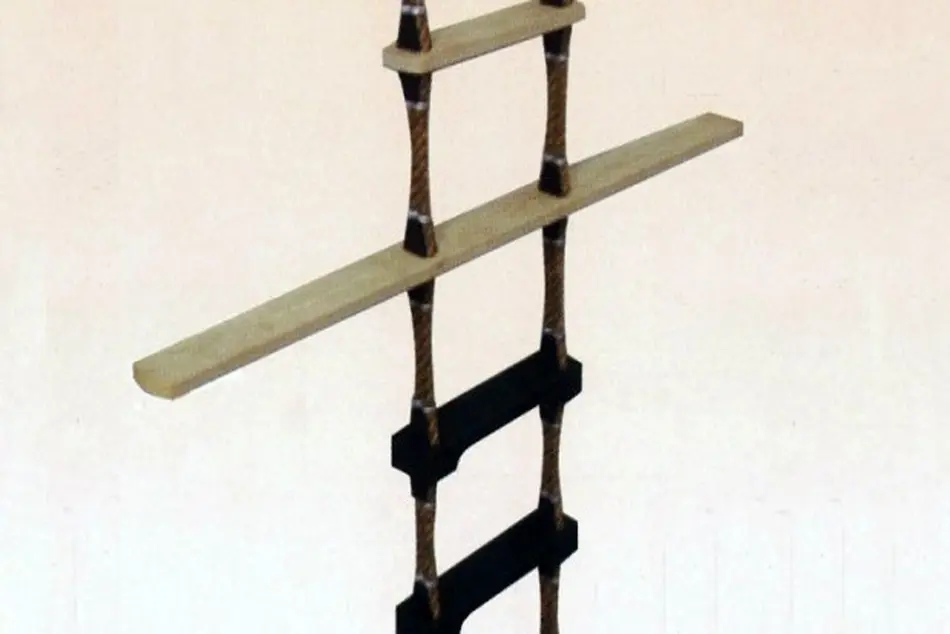RMI informs on SOLAS pilot transfer arrangements

TIN news: The Republic of Marshall Islands (RMI) Registry issued a circular, informing on means of ship embarkation/disembarkation and pilot transfer arrangements, regulated by the International Convention for the Safety of Life at Sea (SOLAS).
In particular, RMI reminds that SOLAS regulation established construction, installation, maintenance, and inspection/survey requirements for the means of embarkation and disembarkation on ships, as well as governs pilot transfer arrangements, providing recommendations on pilot ladder use, and maintenance.
According to RMI, inspections and tests to confirm proper construction, installation, operation, and maintenance of equipment shall be conducted in accordance with SOLAS Regulations and International Organization for Standardization (ISO) Standards, including the following:
- examination of pilot transfer arrangements, the accommodation ladder, gangway, winch, fittings and davits, and means of access to deck shall
occur during the respective surveys required by SOLAS Regulations
- operational tests with the specified maximum operational loads shall be carried out on the accommodation ladder, gangway, and winch at every five-year renewal survey. The load used for the tests shall be determined in consultation with the ship owner or ship operator, but at all times must be in conformance with the provisions of IMO Circular MSC.1/Circ.1331, §5.3, which specifies allowable alternatives for determining load. The load used for the test shall be documented accordingly for future surveys
To determine compliance with the requirements for the means of embarkation and disembarkation for New Ships, an RO may, as appropriate:
- require drawings submittal and approval of the means of embarkation and disembarkation to check conformity with IMO Circular MSC.1/Circ.1331. Drawings relevant to the connections with the hull structures also may be required to be submitted and approved;
- verify that the means of embarkation and the relevant winches (or lifting system) are built and tested according to the relevant ISO Standards;
- verify the installation on board for compliance with the approved drawings; or
- require and witness load tests on board in order to test the connections with the hull structures.
RMI also notes that the means of embarkation and disembarkation shall be constructed and installed on New Ships (and Existing Ships with such means replaced) based on and in accordance with the provisions of IMO Circular MSC.1/Circ.1331. Notwithstanding, an RO in consultation with the RMI Maritime Administrator (the “Administrator”) may, on a case-by-case basis, determine that compliance with a particular provision of IMO Circular MSC.1/Circ.1331 is unreasonable or impractical. Such circumstances may include where a ship:
- has small freeboards and is provided with boarding ramps; or
- is engaged in voyages between designated ports where appropriate shore accommodation/embarkation ladders (platforms) are provided.
RMI recommends that, where means of embarkation and disembarkation other than those specifically covered by IMO Circular MSC.1/Circ.1331 are fitted, an equivalent level of safety must be provided.